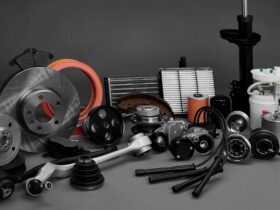The dry closet is a simple design of 2 detachable parts. In the upper part is the actually seat and tank with water, and below – a tank with drains. Dry closets differ in the way they process waste. On this basis, 4 groups of such devices can be distinguished: chemical, peat, bacteriological, electrical.
The advantages of a chemical dry closet include its autonomy, modest dimensions and weight. The chemical solution that recycles human waste is used sparingly and completely eliminates unpleasant odors. Many models have a convenient filling indicator. The only, but significant, disadvantage of chemical models is the constant spending on sanitary liquids for dry closets.
The bacteriological dry closet is installed permanently, outside the building. A large waste tank, to which a bacteriological additive is added, is located directly under the cab. The tank of this type of dry closet should be cleaned approximately once a year. The installation of a bacteriological toilet is more complicated and more expensive than previous species, but this type of dry closet is the best option for a country house located outside the sewage system.
How to choose a dry closet for a summer residence, you must first consider where and by whom it will be used. Small mobile devices will come in handy at a picnic, but dry closets with a volumetric tank are more suitable for summer cottages and at home. In this case, it is worth considering the physical capabilities of the person who will empty the full tank. It is also worth paying attention to the dimensions: for comfortable use, the dimensions of the dry closet should be close to the standard city toilet. Good luck with your choice!
Author: risusan (Natalia She)













Leave a Reply